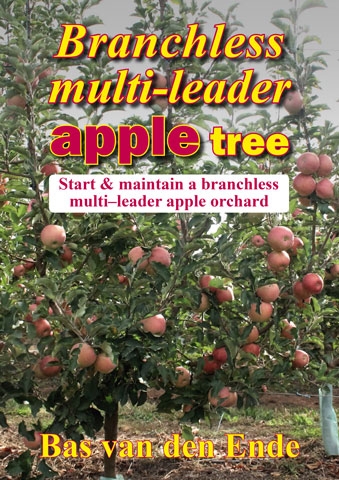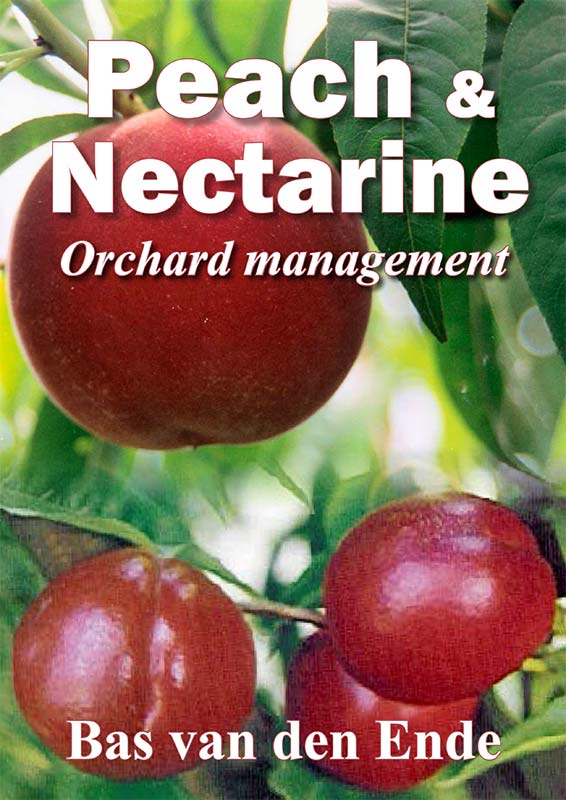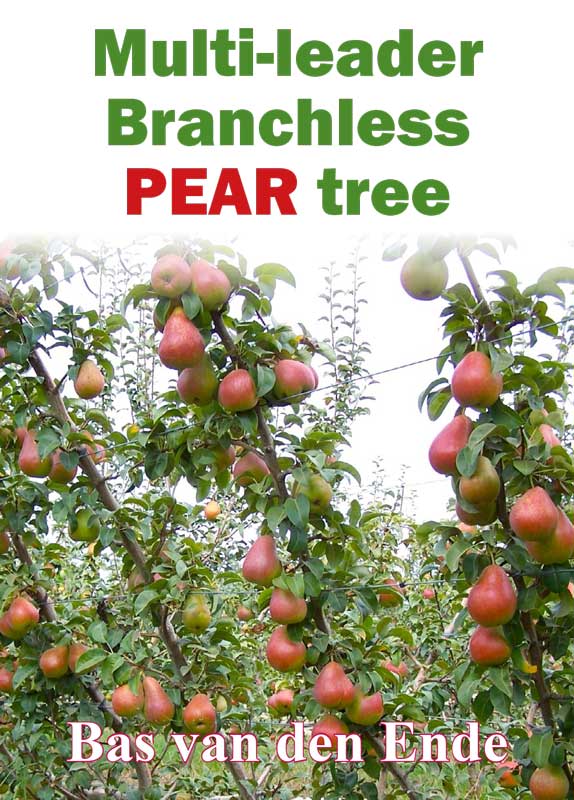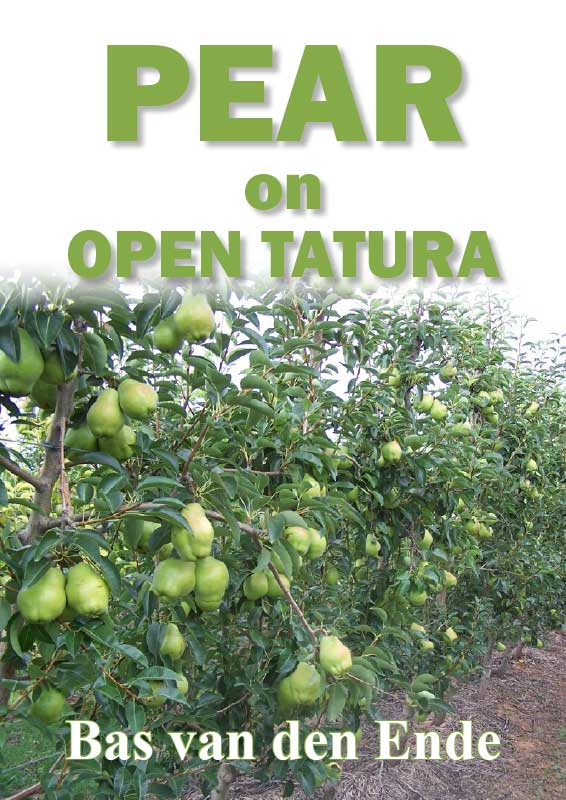Sorting, packing and transporting cherries: Storability & flavour, cooling and transport
Storability & flavour (cont from last issue)
One of the important influences in the storability of cherries is acidity.
When cherries ripen during storage and transport, the amount of titratable acids decreases faster than the loss of soluble solids (sugars). The cherries may still look good, but the acid-to-sugar ratio becomes skewed because the fruit loses more acids than sugars, which changes and causes loss of flavour.
Cherry flavour is defined by sugar content (sweetness), acidity (tartness) and aroma. While the balance of sugars and acids is often as important as the actual amounts of either component of taste, sweetness is of primary importance for flavour.
Cooling
Cherry handling and packing equipment have improved greatly.
Improvements have also been made to reduce fruit damage from leaf-eliminating equipment and cluster cutters.
The aim of sorting and packing cherries is to remove unmarketable fruit, size the fruit and cool it without causing damage.
During transit and marketing, cherry temperature should be as close to 0C as possible, to reduce respiration to a low enough level to maintain cherry and stem colour and minimize water loss.
At this temperature, flesh firmness, acidity and sugars will be retained.
If no additional cooling can take place once the cherries have been boxed, it must be placed into the box at this temperature.
Once warm cherries have been placed in a cardboard box with a poly-bag liner and palletized, it takes a very long time to reduce the temperature of the cherries if the pallets are just set in a cold room for cooling.
However, there are methods and procedures that increase cooling rates significantly, so that acceptable transit temperatures can be obtained overnight.
This means that a significant amount of cooling must be done before or immediately after packing. It is much easier to cool cherries before packing than it is to cool them in a pallet load.
Most packinghouses have installed hydrocoolers just before the final sizer and box filler.
Transport
Studies in the USA have shown that refrigerated trucks cannot cool cherries.
At best, a well-designed container can remove the heat generated by the cherries when they start out at 0C to 1C.
Containers will not cool warm cherries. Cherries must be at the transit temperature before palletisation.
Post-packing refrigeration should be used to cool the packing materials and remove the heat of respiration from the cherries.
Conclusion
You can grow high quality cherries in your orchard, but if these cherries do not get good care after harvest, you end up with a poor product that is hard to sell.
Consumers want cherries that are big, dark, sweet and firm. Research in the USA has shown that if a consumer has a bad eating experience with cherries, they will not buy cherries for several weeks.
See this article in Tree Fruit May 2020






















